Blog
Thought leadership and musings on security topicsBy Category
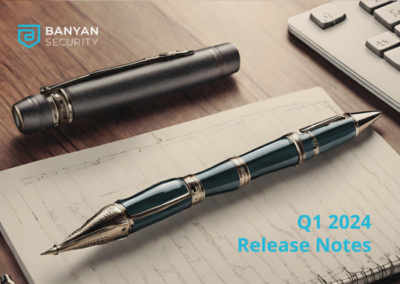
The first quarter of 2024 has been an exciting time for Banyan Security. Since joining SonicWall, we have continued to update and develop our innovative Security Service Edge (SSE) solution.
Below, you’ll find highlights from the ...

Banyan Security has joined the SonicWall family, and CEO Jayanth Gummaraju discusses the exciting new chapter of growth and scalability that lies ahead.
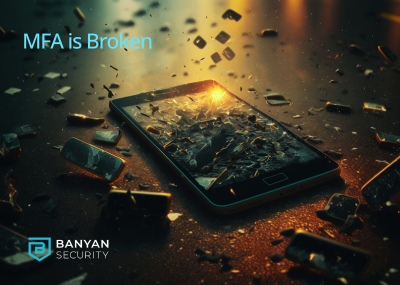
MFA (Multi-Factor Authentication), if implemented correctly, is a useful security tool. But this blog from Anthony Alves covers the ways in which MFA is broken.

With Flexible Edge, the answer to deployment-related questions is simply, "Yes." Speed, flexibility, and security with simplified pricing and deployment.
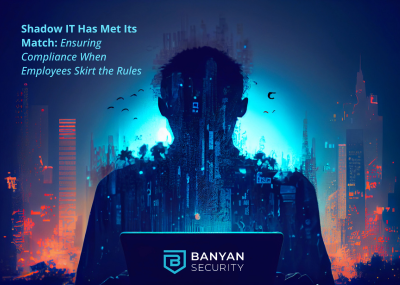
Shadow IT often occurs when employees use their own devices or software for work-related tasks, which can lead to significant security and compliance issues.
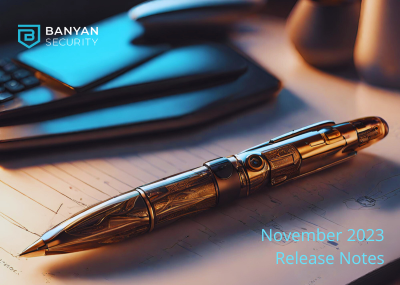
November 2023 has been a busy month for the Banyan Security product and development teams, and we're excited to share highlights of our recent product updates.

Den Jones shares his perspective as a CSO on the recent Okta breach, and what that means for the broader security community.
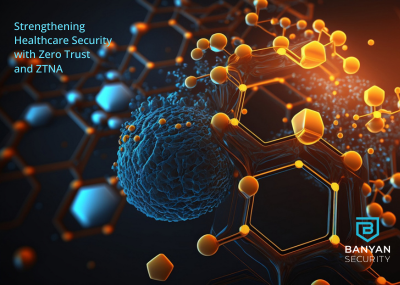
Chase Cunningham, a.k.a. "Dr. Zero Trust," shares insights regarding leveraging zero trust and ZTNA to improve healthcare security.
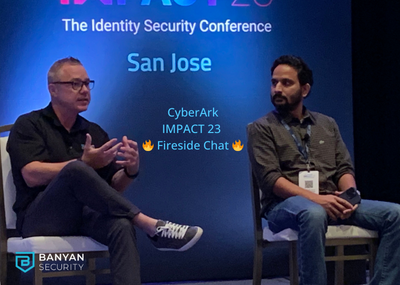
CSO Den Jones participated in a fireside chat with Santosh Prusty at CyberArk IMPACT 23, discussing security tools, industry challenges, and, AI security.
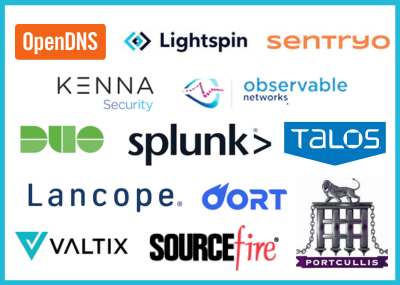
Get an insider's perspective on Cisco Security acquisitions since John Chambers' departure, and learn about the challenges often faced during an acquisition.

Discover how the growth of AI impacts IT organizations — the GOOD (improved detections), the BAD (phishing, social engineering), & the UGLY (WormGPT, FraudGPT).

Ok, y’all, we are now in the middle of post-covid work environments where the freedom of location has been a selling point for companies that have remote positions. But this freedom pairs with the adage “with great power comes great ...
